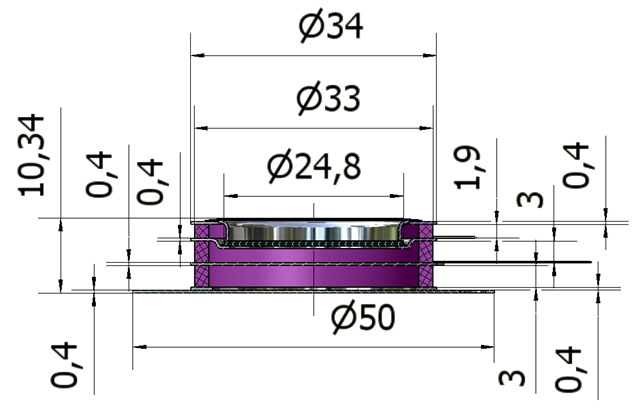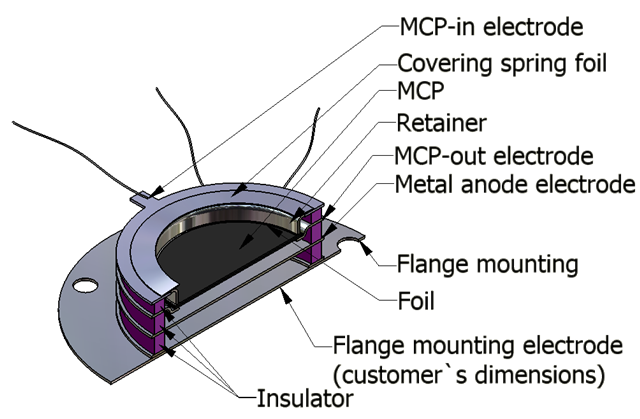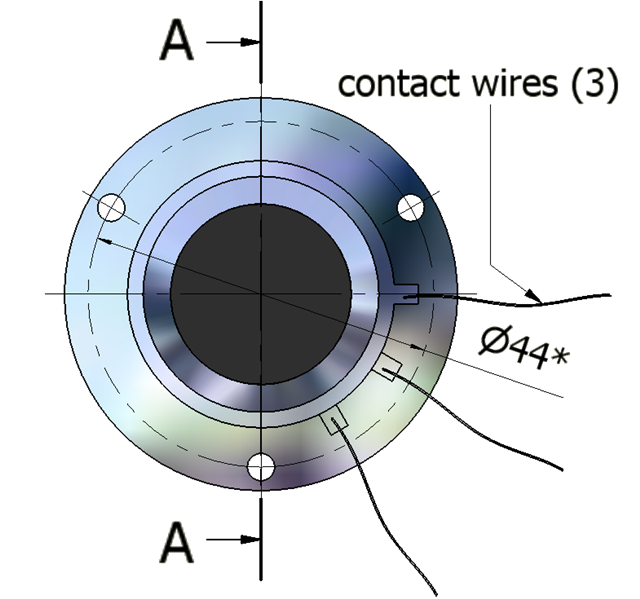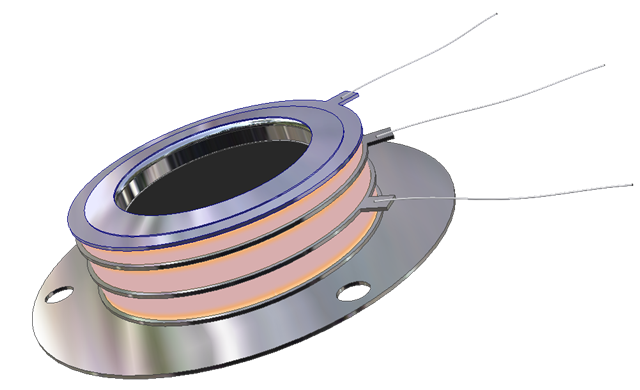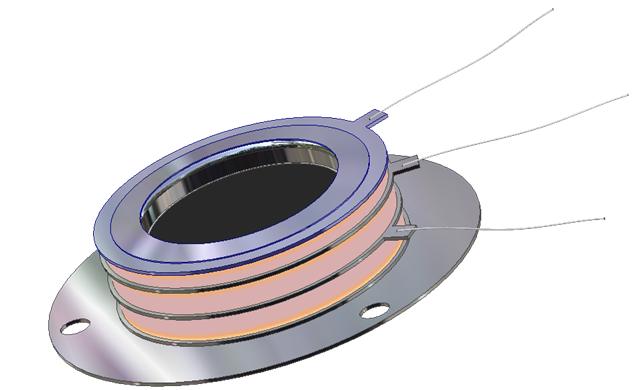
MCP-MA25/2 are used in aSPECT to study the background.
1.
Measuring the proton spectrum in neutron decay - latest results with aSPECT
M. Simson, F. Ayala Guardia, S. Baeßler, M. Borg, F. Glück, W. Heil, I. Konorov,
G. Konrad, R. Muñoz Horta, K.K.H. Leung, Yu. Sobolev, T. Soldner, H.-F. Wirth,
O. Zimmer
(Submitted on 24 Nov 2008)
The retardation spectrometer aSPECT was built to measure the shape of the proton
spectrum in free neutron decay with high precision. This allows us to determine
the antineutrino electron angular correlation coefficient a. We aim for a
precision more than one order of magnitude better than the present best value,
which is Delta_a /a = 5%.
In a recent beam time performed at the Institut Laue-Langevin during April / May
2008 we reached a statistical accuracy of about 2% per 24 hours measurement
time. Several systematic effects were investigated experimentally. We expect the
total relative uncertainty to be well below 5%.
2. G. Konrad et al., "The Proton Spectrum in Neutron Beta Decay: Latest Results
with the aSPECT Spectrometer", Nucl. Physics A 827, 529c (2009)
The Proton
Spectrum in Neutron Beta Decay: First Results with the aSPECT spectrometer
Baeßler, S.; Angerer, H.; Ayala Guardia, F.; Borg, M.; Eberhardt, K.; Glück, F.;
Heil, W.; Konorov, I.; Konrad, G.; Luquero Llopis, N.; Muñoz Horta, R.;
Orlowski, M.; Petzoldt, G.; Rich, D.; Simson, M.; Sobolev, Y.; Wirth, H. F.;
Zimmer, O.
INTERSECTIONS OF PARTICLE AND NUCLEAR PHYSICS: 9th Conference CIPAN2006. AIP
Conference Proceedings, Volume 870, pp. 287-290 (2006).
First measurements with the aSPECT spectrometer have been performed in a beam
time at the beam line MEPHISTO of the neutron research reactor FRM-II. In this
paper we give a short description of the spectrometer. The data analysis is
still underway.
Open Microchannel Plate Detector MCP-MA25/2 - request a quote with discount
Microchannel Plate Detectors MCP-MA
DEL MAR Microchannel Plate Detectors MCP-MA series are an open MCP detectors
with one or more microchannel plates and a single metal anode. They are intended
for time-resolved detection and make use of high-speed response properties of
the MCPs. MCP-MA detectors are designed for photons and particles detection in
vacuum chambers or in the space.
MCP-MA detectors are used in a variety of applications including UV, VUV and EUV
spectroscopy, atomic and molecular physics, TOF mass–spectrometry of clusters
and biomolecules, surface studies and space research.
MCP-MA detectors supplied as a totally assembled unit that can be easily mounted
on any support substrate or directly on a vacuum flange. They also can be
supplied premounted on a standard ConFlat flanges.

